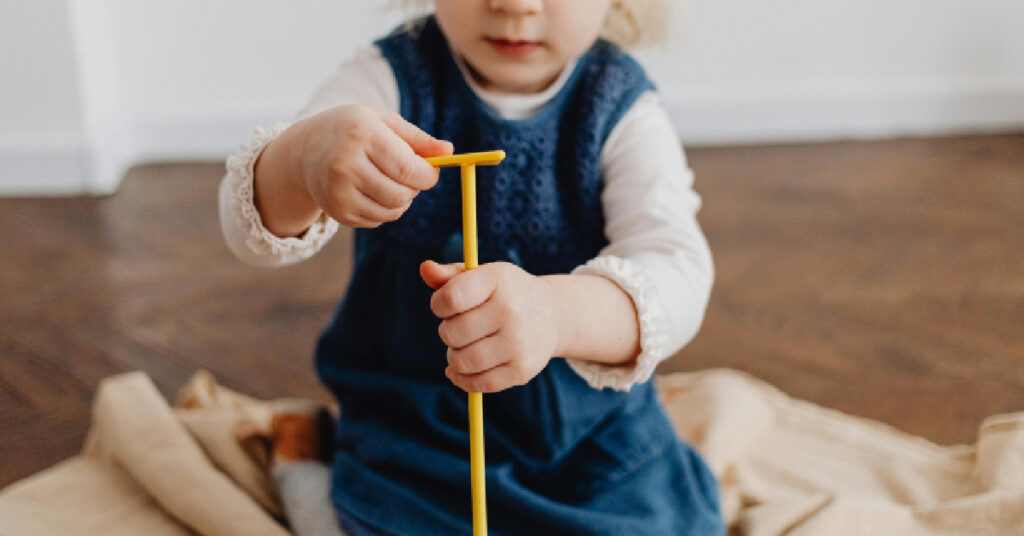
15 Best Toys for Building Independence — That Aren’t Boring or Overhyped
From magnetic tiles to dolls and pretend kitchens, these 15 toddler toys are actually worth the shelf space — and designed to encourage solo play
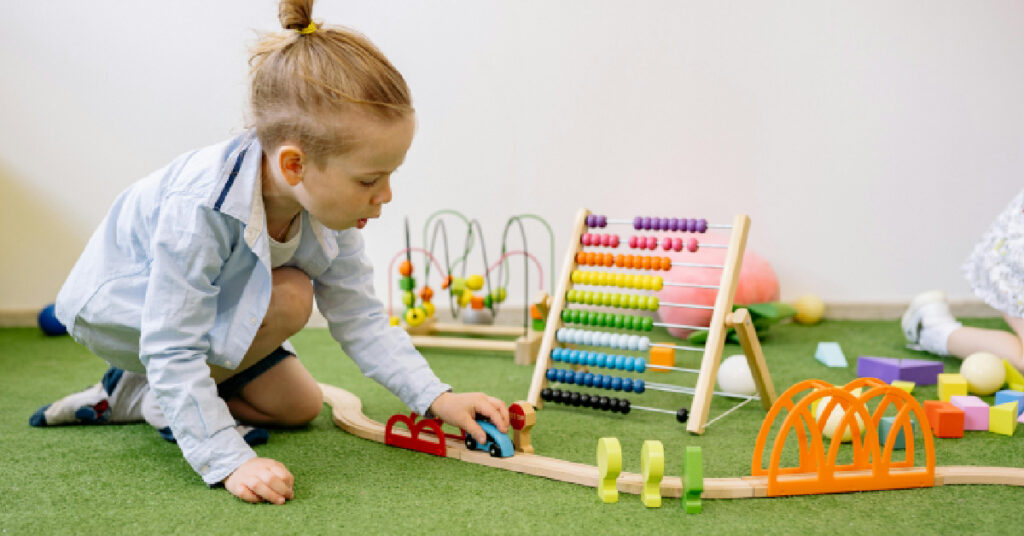
If you’ve ever tried to sneak off for five minutes of peace, only to have your toddler tail you like a caffeine-fueled shadow, you’re not alone. You set up the toys. You gave them “independent play time.” You even did the Pinterest-worthy shelf setup thing.
And still… crickets. Or clinginess. Or chaos.
Before you decide your child is “just not into solo play,” here’s the truth: independent play is a learned skill — and if it’s not working, it’s usually not because of your toddler… it’s the approach.
There are a few super common independent play mistakes we all make (yes, even the gentle-parenting bloggers and toddler toy influencers). The good news? Once you spot them, you can fix them. Quickly. Gently. And in a way that actually works in the real world — you know, the one with snack crumbs and baby wipes on the couch.
This post breaks down five of the most common independent play mistakes parents make — and exactly how to tweak your setup, expectations, and play style to get those magical solo play moments flowing.
Ready to stop blaming yourself and start making independent play actually work?
Let’s go.
Here’s one of the most common (and totally understandable) independent play mistakes: assuming your toddler should be able to play alone for 20–30 minutes just because someone on Instagram said theirs does.
In reality? Independent play is built gradually — like stacking blocks. Some days it topples. Some days it stands strong.
Here’s a quick, sanity-saving guide to what’s actually typical:
12–18 months: 2–5 minutes max (while you’re nearby)
18–24 months: 5–10 minutes, maybe slightly more with favourite toys
2–3 years: 10–15 minutes (with some back-and-forth check-ins)
3–5 years: 15–30 minutes (and even then, it may ebb and flow)
These are goals, not guarantees. Every child is different. But knowing what’s developmentally realistic helps soften the guilt spiral that says “they should be doing more by now.”
Instead of setting a timer for 30 minutes and praying for peace, try this:
Sit nearby while they play, and slowly increase your distance
Aim for just 5 minutes of solo play to start — then celebrate it
Use “I’ll be right back” scripts: “I’m going to grab my tea, and I’ll be back to see what you built!”
Small wins = progress. Progress = confidence — for you and your toddler.
Read More: How to Start Independent Play and Finally Enjoy 5 Minutes of Peace
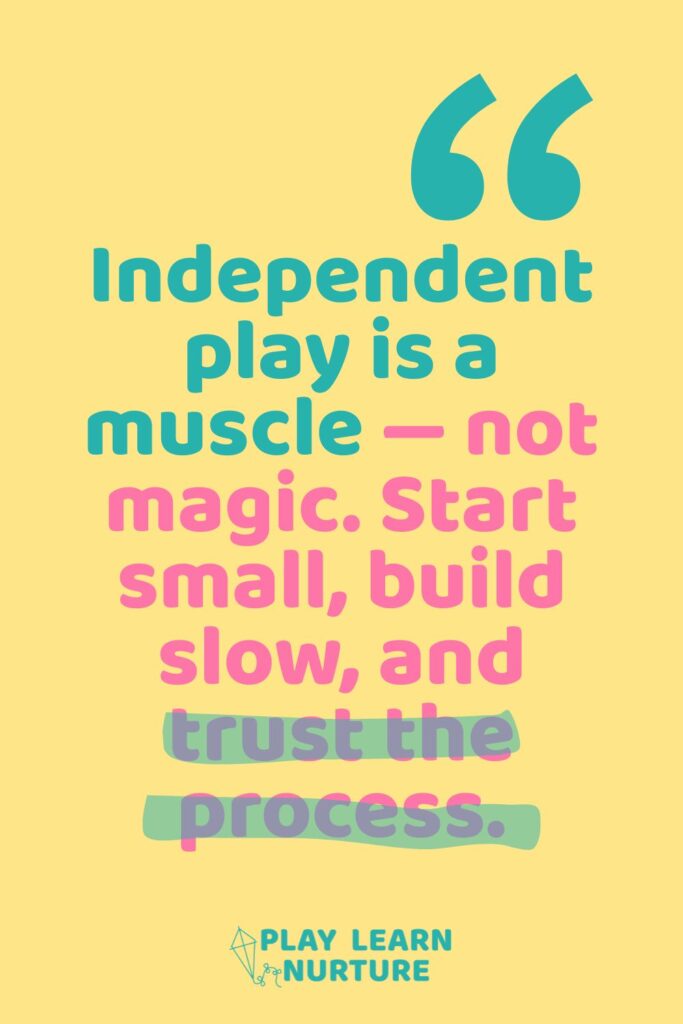
We all do it. In a well-meaning attempt to inspire play, we put out every puzzle, every toy with “learning” on the label, every cute little activity box we’ve collected over time.
But too much of a good thing? That’s one of the sneakiest independent play mistakes out there.
Because here’s the kicker: more toys = more overwhelm.
Too many choices make it hard for toddlers to focus, settle, or even know where to start.
Instead of sparking creativity, a cluttered play space often triggers stress or dependency on you to direct their play.
To support actual independent play:
Limit toy choices to 6–8 options (visible and accessible)
Rotate weekly or monthly to keep things fresh
Use low open shelving or simple baskets for easy access
Include calming, open-ended materials like blocks, dolls, or play silks
Think: calm, simple, yes-friendly space.
This is also where a good yes space shines — a safe environment where your toddler can explore freely without needing constant redirection.
Read More: The Power of “Yes Spaces”: Safe Environments That Invite Play
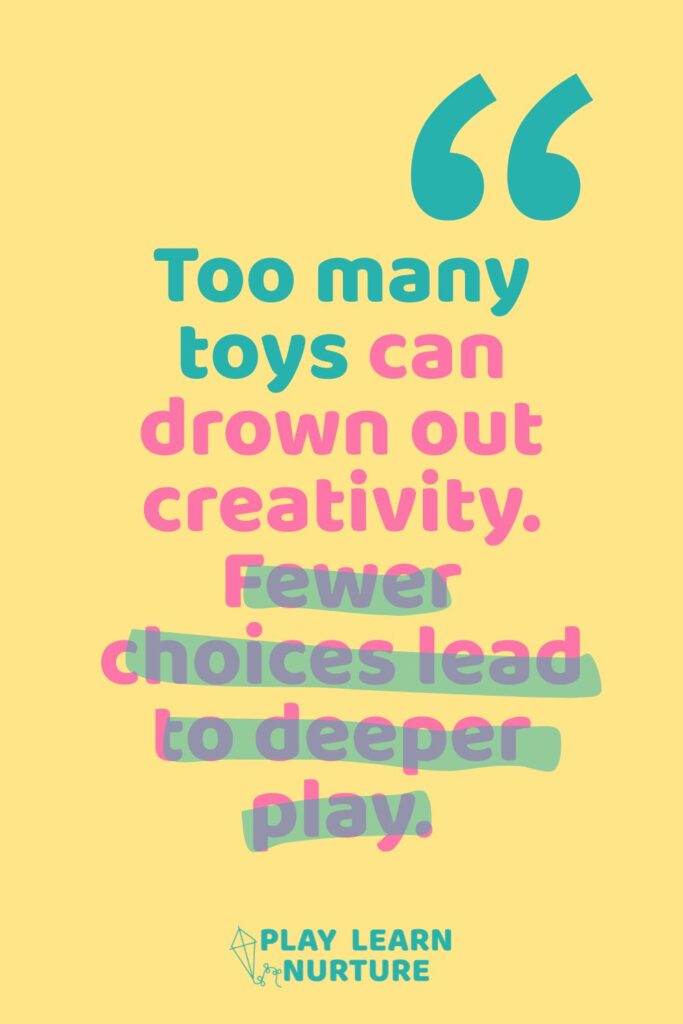
This one stings a little — because we often don’t even realise we’re doing it.
You set them up for solo play. They’re finally engaged. And then…
✨ “Wow! What are you making?”
✨ “Is that a dog or a dinosaur?”
✨ “Good job!”
✨ “Can I play too?”
Sound familiar?
Here’s the thing: even well-meaning interruptions can snap toddlers out of their flow. And that’s one of the lesser-known independent play mistakes that can sabotage even the most beautiful play setups.
Independent play requires focus and trust. When we jump in too often, our toddlers start relying on us to narrate or validate what they’re doing — rather than learning to trust their own ideas.
Instead of narrating every move or checking in every 30 seconds:
Observe silently — you can smile, nod, or simply sit nearby
Save your praise for later (“You were so focused building today!”)
Let them invite you in before joining the play
Think of yourself as background support — not the director of the show.
And if your toddler keeps checking in with you? That’s okay. It just means they’re still learning the ropes. Keep showing up gently… but give space.
Read More: How to Start Independent Play and Finally Enjoy 5 Minutes of Peace
This is one of the most common (and frustrating) independent play mistakes — expecting long stretches of focused play from toys that were never designed to hold attention.
We’re talking about the flashy, noisy, light-up button mashers. The “educational” gadgets that sing the ABCs when you press a shape. The ones that seem like they should entertain… but don’t.
These toys often do the playing for the child, rather than inviting them to use their imagination.
Toys that only work one way get boring fast.
Toys that encourage creativity and flexibility? Those keep toddlers engaged — and more likely to keep playing solo.
The best toys for independent play are ones that can be used differently every time.
Try adding:
🧱 Wooden or plastic blocks
✨ Magnetic tiles
🧺 Loose parts (cups, scoops, rings, lids)
🧸 Dolls, animals, figurines
🎨 Play silks, scarves, fabric squares
🚗 Cars and vehicles without sound effects
These toys don’t tell your child how to play — they let your child decide. That’s the magic of true independent play.
Read More: Best Open Ended Toys For Toddlers by Age (1–5 Years)
Read More : 10 Must-Have Toys That Promote Creativity and Self-Led Play
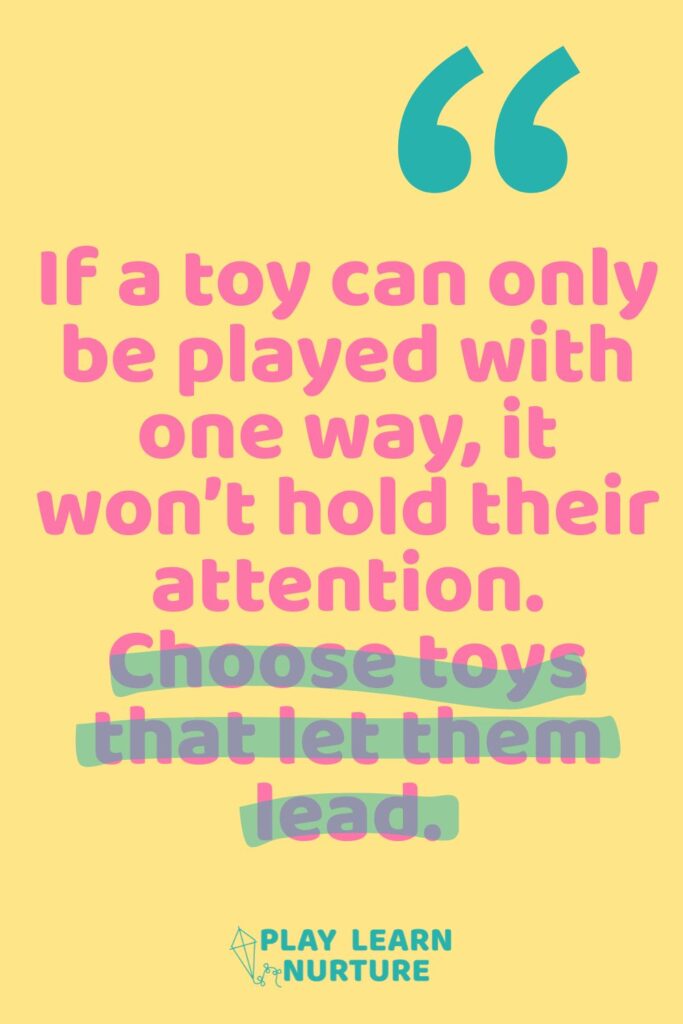
One of the most misunderstood independent play mistakes? Thinking that “independent” means isolated — as in, your toddler should be off in another room, happily playing solo for 30 minutes while you drink a hot coffee in peace.
Spoiler: that’s not how most toddlers roll.
Independent play doesn’t always mean alone play.
In fact, it often starts with you nearby — in the same room, just not involved.
This is called parallel play, and it’s a huge developmental stepping stone to true solo play.
Sit near them while they play, especially at the start
Slowly increase your distance — from beside them, to across the room, to popping out briefly
Narrate what you’re doing (“I’m folding laundry while you build”)
Create a yes space they can safely explore without needing you to hover
Over time, you’ll notice longer stretches where they don’t look up, don’t call for you — they’re simply in the zone.
Read More: How to Start Independent Play and Finally Enjoy 5 Minutes of Peace
Read More: Yes Space for Toddlers
If independent play feels like a constant struggle, you’re not alone — and you’re not doing it wrong. Most of us weren’t told that independent play is a learned skill, not some magical milestone that just appears one day.
The truth is, toddlers need time, space, and the right environment to grow that muscle. And if you’ve been making one (or all!) of these independent play mistakes — join the club. We’ve all been there.
What matters most isn’t getting it perfect. It’s noticing what’s not working, trying something new, and giving your child the chance to lead — one quiet minute at a time.
So start small. Rotate the toys. Sit nearby. And remember: your toddler can learn to play independently… and you can enjoy a few deep breaths while they do.
Because independent play isn’t about parenting perfectly — it’s about building trust, confidence, and creativity for both of you.
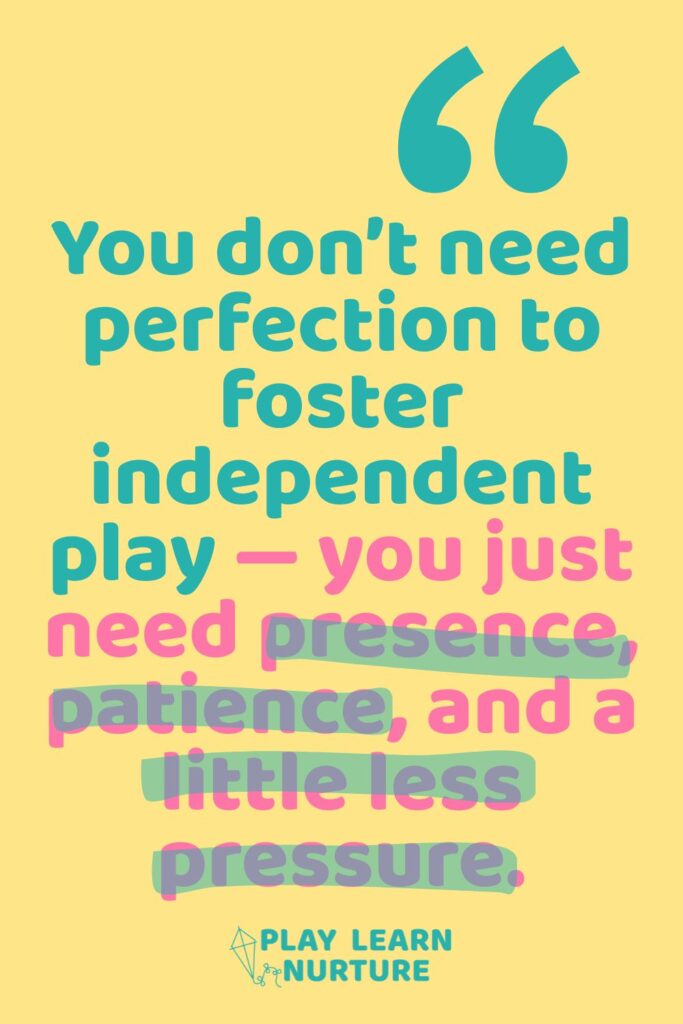

From magnetic tiles to dolls and pretend kitchens, these 15 toddler toys are actually worth the shelf space — and designed to encourage solo play
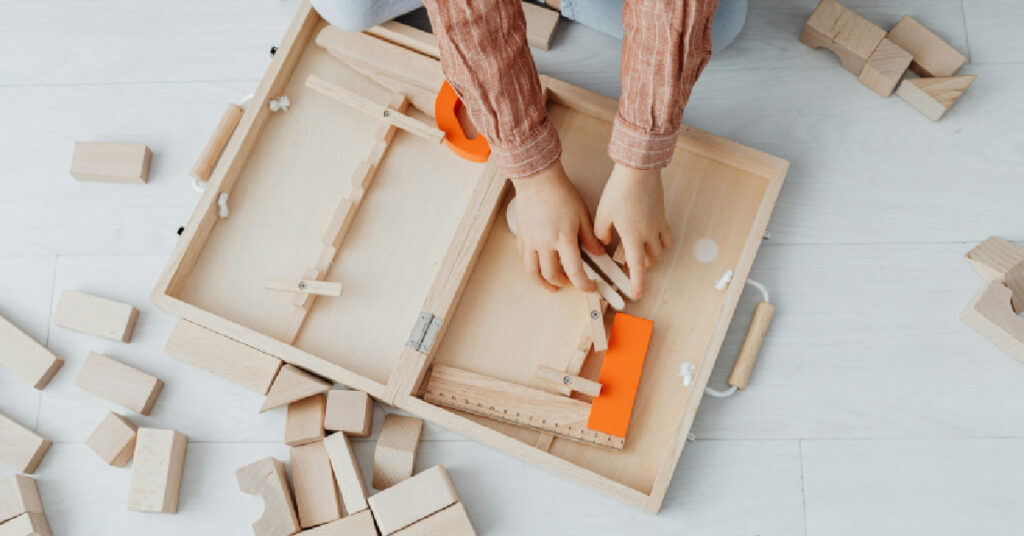
Delve into the world of loose parts play with our selection of toys that inspire exploration and innovation. Perfect for enhancing your toddler’s sensory and
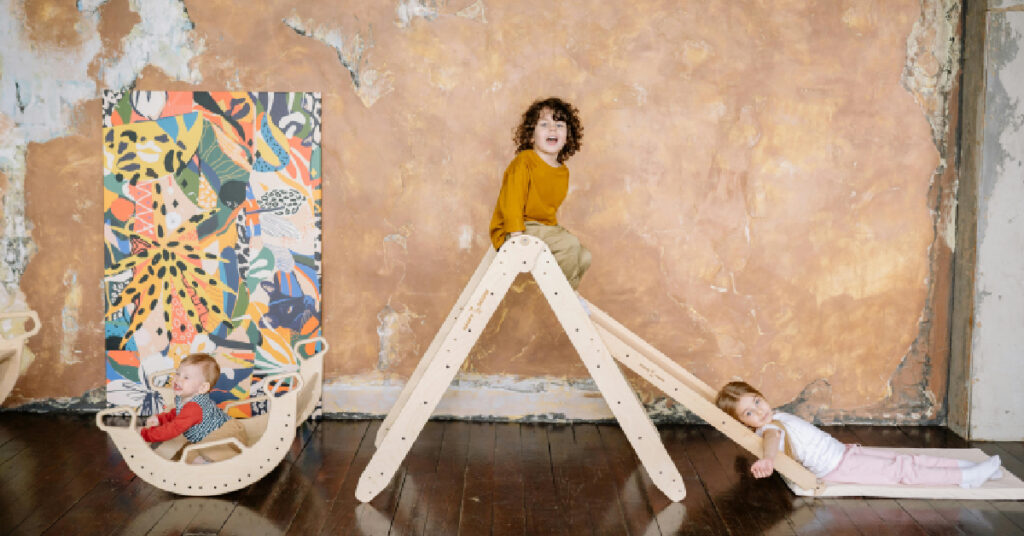
Simple, real-life play space ideas for toddlers that spark imagination, support independence, and give you a moment to breathe — no Pinterest-perfect setup required.
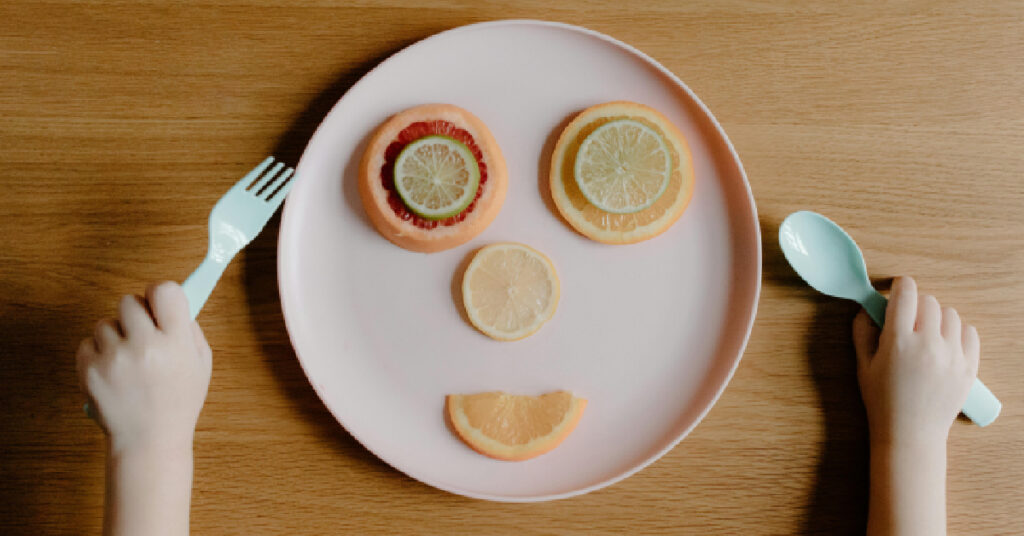
When the milk spills, the toddler tantrums, and your patience snaps before 9AM — you’re not failing. This is one mum’s story of surviving the
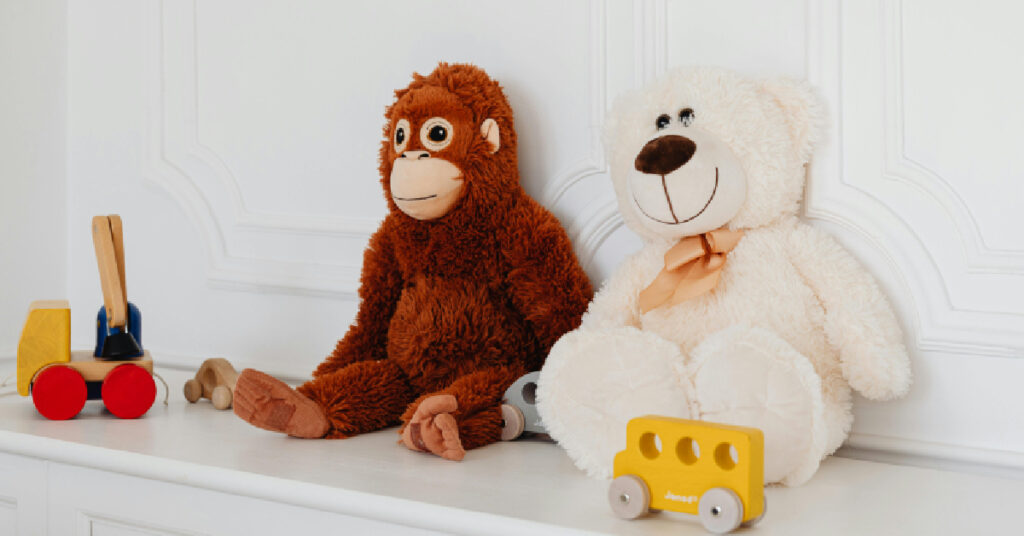
Discover how a simple toddler play schedule can create calmer days, boost independent play, and give you back precious breathing space — no strict routines

One chaotic morning, I realised the tension in the house wasn’t just coming from my toddler — it was coming from me. This is the